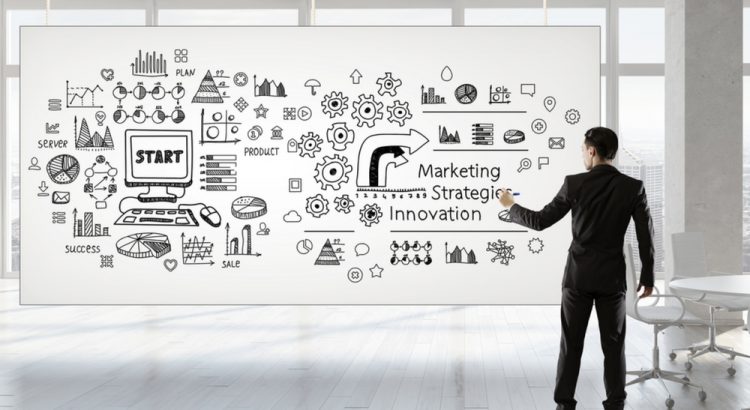The traditional marketing strategy often consists of pushing an advertising message, oriented around your products, to a large number of contacts. This is often a direct approach using verified sales lead lists, and is defined by the number of returns you get per advertising message. The effort – and the budget – is therefore concentrated around the dissemination of this message.
Why update your inbound marketing strategy?
With inbound marketing, you must learn to put yourself in the shoes of your prospect, answering his questions, understanding his doubts and objections, and you will need to master your sales cycle. This means that the budget can be lower because the messages become more defined, to attract the potential buyer to your site, rather than pinpointing a specific item they might like to purchase. From all the contacts generated by your message, you can then identify those who are interested in your offer. Therefore, the effort is on the side of the message, and it creates value for all stakeholders.
Review context and define objectives
Always review your context and competition before you start. You should analyze your offer of products or services, your environment and the opportunities available to you in the digital ecosystem. You also need to define your objectives. There is no strategy without clear objectives. If you know your resources and your starting point, you can be efficient and translate your business objectives into key performance Indicators (KPIs) for your inbound marketing.
Deliver specialized content to attract buyers
Define your buyer personas to better know your target market. They are at the heart of the system. If inbound marketing is to attract your targets, you will need to know them well, and master the buying cycle in order to digitize it. Without a good content marketing strategy, your efforts will be in vain. Content is the heart of inbound marketing. With good content, you will be able to attract, convert, reassure, entertain and convince. Construct a dynamic content offering using blogs, videos and articles, but also use some premium content that will convert your visitors into contacts and further into potential buyers.
Utilize all your available resources in your strategy
Using search engine optimization (SEO) and search engine advertizing (SEA) in marketing is still an integral part of any inbound marketing campaign. In the long term, using natural referencing and possibly the purchase of space can be sources of major traffic acquisition. By optimizing your conversion rates in parallel, you can make your website a business development tool.
Websites and social media options should be exploited
Adjusting your design and specifications can make a difference in the long run. Your website must explain who you are, what you do, and reassure your targets at a glance. You need to be aware of any adjustments that need to be made so that your site is optimized for inbound marketing. Using social media marketing can also be a very smart way to work. Social networks are an excellent tool for disseminating content. You can use this device to win a new audience and engage your communities, to generate leads and sales. And always make sure your social media content is directly linked to the relevant content on your website.
Convince your leads to buy using your content
Nurture your leads to turn them into buyers. Your contacts are not necessarily ready to place orders. Lead nurturing will develop their interest and make them mature. So set your service level agreements and sales enablement to allow for this. Generating leads in an industrial way is useless if traders do not treat them with fluidity. An inbound marketing device is complete only if it generates revenue.
Related articles published in Content Marketing News :
- Make your branded content memorable to sell
- Six trending content marketing tips worth adopting right now
- Why you need to document your Content Marketing strategy
- Why you should combine PR and Content Marketing for your business
Image: Shutterstock

